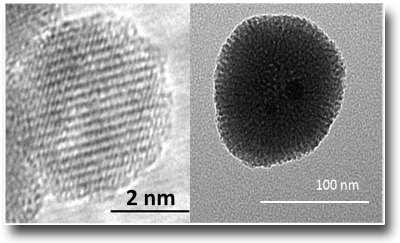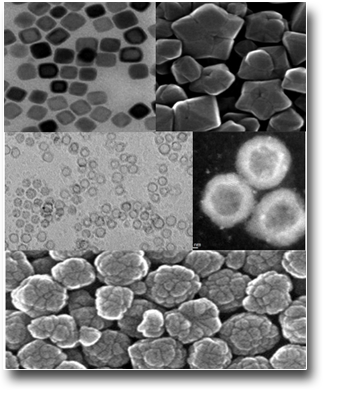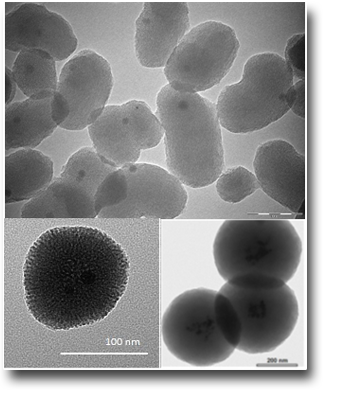
Magnetic Nano-Architecture Laboratory
Davide Peddis (associato ISM) -
Magnetic Nano-Architecture Laboratory (nM2-Lab)
TECHNICAL SPECIFICATIONS
- Stirring / heating plates also with PID regulation system (Tmax 350°C.)
- ines with rotary vacuum (P = 2x10-3 mmHg)
AVAILABLE TECHNIQUES
-
Chemical synthesis
SAMPLES
-
The prepared samples are usually powders or crystals in quantities of the order of 10-1000 mg.
USED FOR
-
Biomedical Application (MRI, Magnetic Hyperthermia)
-
Permanent magnet
-
Cultural Heritage
-
Catalysis
-
Thermoelectric applications
CASE STUDIES
magnetic nanoparticles and complex magnetic nano architecture
MNAL design and synthetize high-quality magnetic nanoparticles with different size and morphology in order to tune the magnetic properties (i.e. magnetic anisotropy and saturation magnetization) by shape and surface effects. In figure example of spinel iron oxide nanoparticles, even with complex stoichiometry, with cubic and star shape and hollow morphology are reported. Also bi-magnetic and multi-magnetic system can be synthetized in order to exploit interface effect to tune magnetic properties (e.g. Ferro/Ferri/Antiferro interface) or to design new multifunctional materials (e.g. Ferro(Ferri)/Ferroeletric/multiferroic interface). Nanoparticles can be also used as building block to design complex magnetic supracrustal: last panel in figure shows NiFe2O4 Suprastructures synthetized under magnetic field.
See:
- F. Sayed, [..] and D. Peddis*, Journal of Physical Chemistry C 112F, 7516-7524, (2018)
- G. Muscas, [..] and D. Peddis*, Nanoscale 8, 2081 (2016)
- G. Muscas, N. [.. ] and D. Peddis*, Nanoscale 7, 13576 (2015)


Organic Inorganic Hybrid Magnetic Nanoarchitecture
Organic Inorganic Hybrid Magnetic Nanoarchitecture As an examples Magnetic nano-architectures Magnetic mesoporous silica nanocomposites give the possibility of generating multi-functional objects for application in several technological areas (e.g. MRI, Magnetic Hyperthermia, catalysis, cultural heritage). Also organic molecular coating can strongly change magnetic properties of nanoparticles. As an example we recently study the effect of two representative organic ligands: diethylene glycol (DEG) and oleic acid (OA) bonded at the surface of small (∼5 nm in size)CoFe2O4 particles. The combined results of the bulk dc susceptibility, local-probe Mössbauer spectroscopy and physical modelling, which is based on electronic structure calculations and Monte Carlo simulations, reveal the effect of different ionic distributions of the particles due to the different surfactant layers on their magnetic behavior. They result in an unexpected increase of the saturation magnetization and the blocking temperature, and a decrease of the coercive field of DEG coated CoFe2O4 nanoparticles. Our work pro- vides a pathway for the production of colloidal assemblies of nanocrystals for the engineering of functional nanomaterials.
(Photo: Picture of magnetic nanoparticles of spinel iron oxide embedded in mesoporous silica matrix)
See:
- M. Vasilakaki, [..] D. Peddis and KN Trohidou,, Nanotechnology 31, 025707 (2020)
- N. Ntallis, [..], D. Peddis and K. Trohidou, Nanoscale 10, 21244 (2018)
- N. Z. Knezevic, [.. ] and D. Peddis , MRS Advanced 1, 1 (2017)

 English (UK)
English (UK)  Italiano (Italia)
Italiano (Italia)